Why Your Workplace Safety Message Matters
Regardless of which industry you work in, workplace safety messages are essential to ensuring the well-being of your employees and the success of your business. These messages serve as reminders of potential hazards and protocols to mitigate risks, fostering a culture of safety and responsibility. They matter because they can save lives, prevent injuries, and minimize workplace accidents, ultimately leading to increased productivity and morale.
The Value of Workplace Safety
According to a Gallup study, employees who feel their workplaces prioritize their safety and well-being are more engaged, satisfied, and loyal. This translates into higher levels of performance, innovation, and teamwork within the organization. On the business side, The National Safety Council (NSC) reports that workplaces with strong safety cultures often experience higher levels of productivity due to reduced absenteeism, fewer disruptions from accidents, and improved employee morale.
Prioritizing workforce safety can also:
Significantly reduce accidents, potentially saving lives and preventing injuries
Save your organization money. The Occupational Safety and Health Administration (OSHA) estimates that for every $1 invested in workplace safety and health, businesses can save up to $6 in costs associated with medical expenses, lost productivity, and workers' compensation claims. Insurance premiums may also reduce over time
Improve employee retention. A study by the American Society of Safety Professionals (ASSP) found that employees are more likely to stay with organizations that prioritize their safety and well-being, leading to lower turnover rates and reduced recruitment and training costs.
Enhance your business reputation. Businesses that prioritize workplace safety and health often enjoy a positive reputation among customers, investors, and the community. In fact, 87 percent of consumers are more likely to purchase from companies that prioritize social and environmental issues, including workplace safety
Help with regulatory compliance, which can lead to the avoidance of fines and penalties while also demonstrating your commitment to ethical practices and responsible corporate citizenship
Improve the quality of your products and services. Safe work environments promote better concentration, focus, and attention to detail among employees, resulting in higher-quality products and services. This can lead to increased customer satisfaction, repeat business, and referrals
Create an infrastructure for sustainable growth. Investing in workplace safety not only benefits the business in the short term but it also lays the foundation for long-term success and sustainability. By protecting their most valuable asset—their employees— businesses can secure their future growth and prosperity
Why Your Workplace Safety Message Matters
With National Safety Month happening in June, now is the perfect time to review how you talk to employees about workplace safety.
Crafting effective workplace safety messages requires a thoughtful approach. First, your messages should be clear, concise, and easily understandable by all employees regardless of their level of education or background. Using simple language and visuals can enhance comprehension and retention.
Secondly, the messages should be relevant to the specific workplace environment, addressing common risks and procedures unique to the industry or job role. A leader in the landscaping or construction industry will have a very different meeting agenda than one in property management, for example.
Thirdly, workplace safety meetings vary in their focus and format based on the specific needs, challenges, and objectives of each meeting. For instance, regular safety briefings may cover general safety procedures, hazard identification, and emergency response protocols, serving as a platform to reinforce fundamental safety principles and address ongoing concerns. Specialized safety meetings, such as those held after an incident or near-miss, may delve into root cause analysis, corrective actions, and lessons learned to prevent recurrence. Similarly, safety meetings for different departments or job roles may tailor their content to address industry-specific risks, regulatory requirements, and best practices relevant to their work environments.
Finally, I’ve found that personalizing the messages can make them more relatable. Sharing anecdotes of past incidents and highlighting the consequences of neglecting safety protocols can underscore the importance of adhering to guidelines.
How Integrated Security Solutions Aid Workplace Safety
Integrated security solutions play a crucial role in enhancing workplace safety by providing comprehensive protection against various threats. Solutions such as SAGE Integration with Honeywell’s Pro-Watch® Integrated Security Suite encompass a range of technologies and strategies, including access control systems, surveillance cameras, alarm systems and emergency response protocols. By integrating solutions such as SAGE Integration with Honeywell’s Pro- Watch® Integrated Security Suite into a cohesive framework, organizations can detect, deter and respond to potential safety hazards more effectively.
